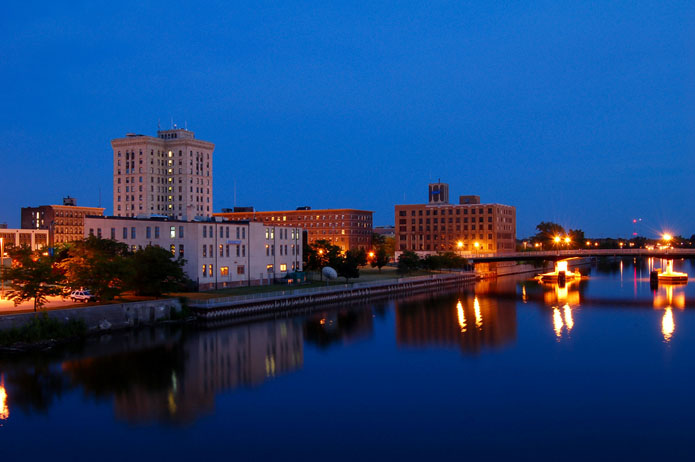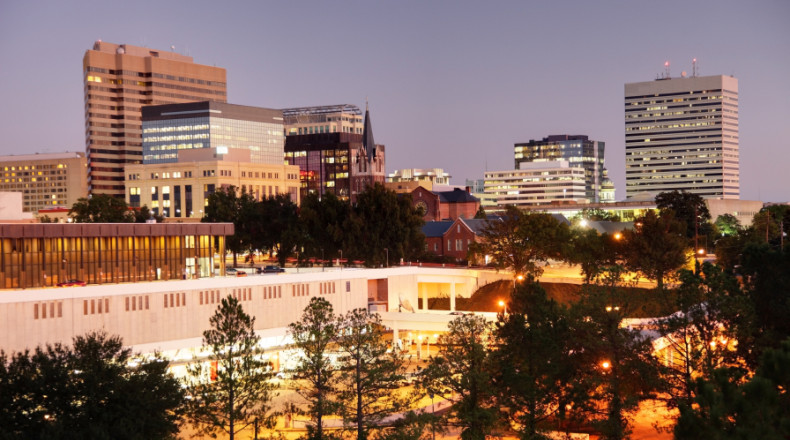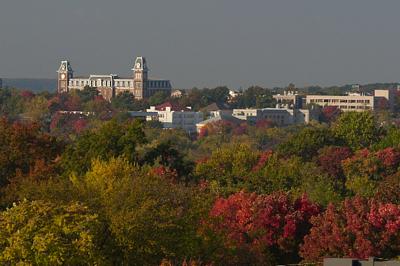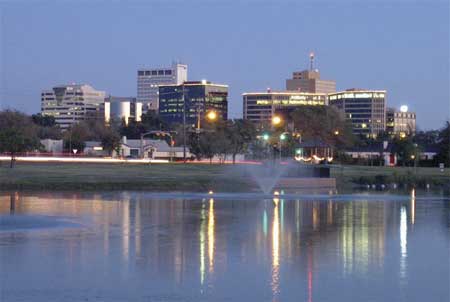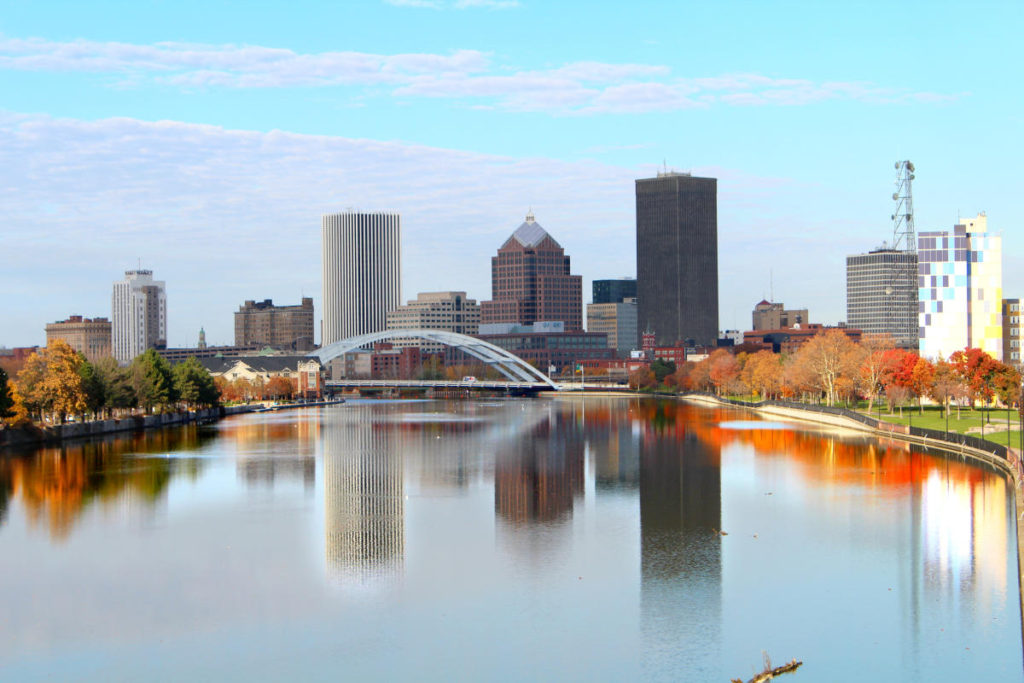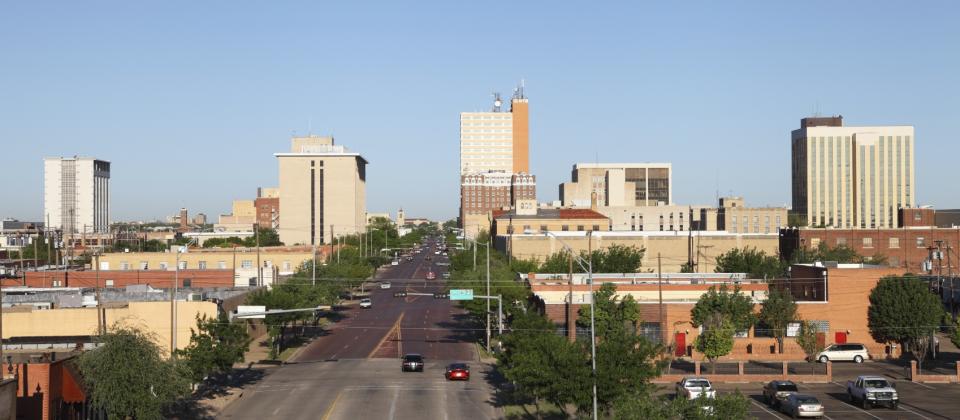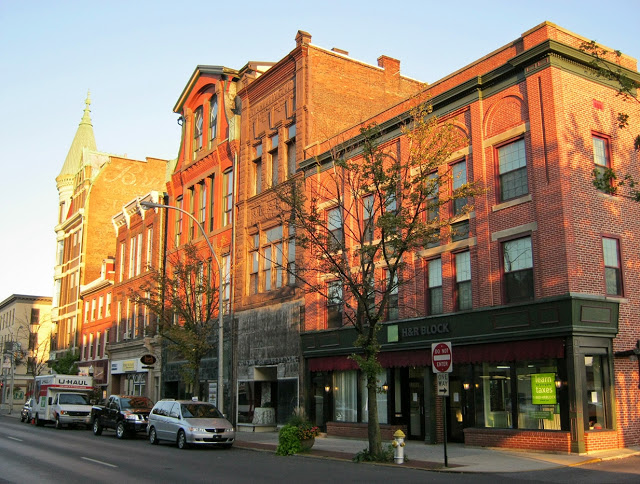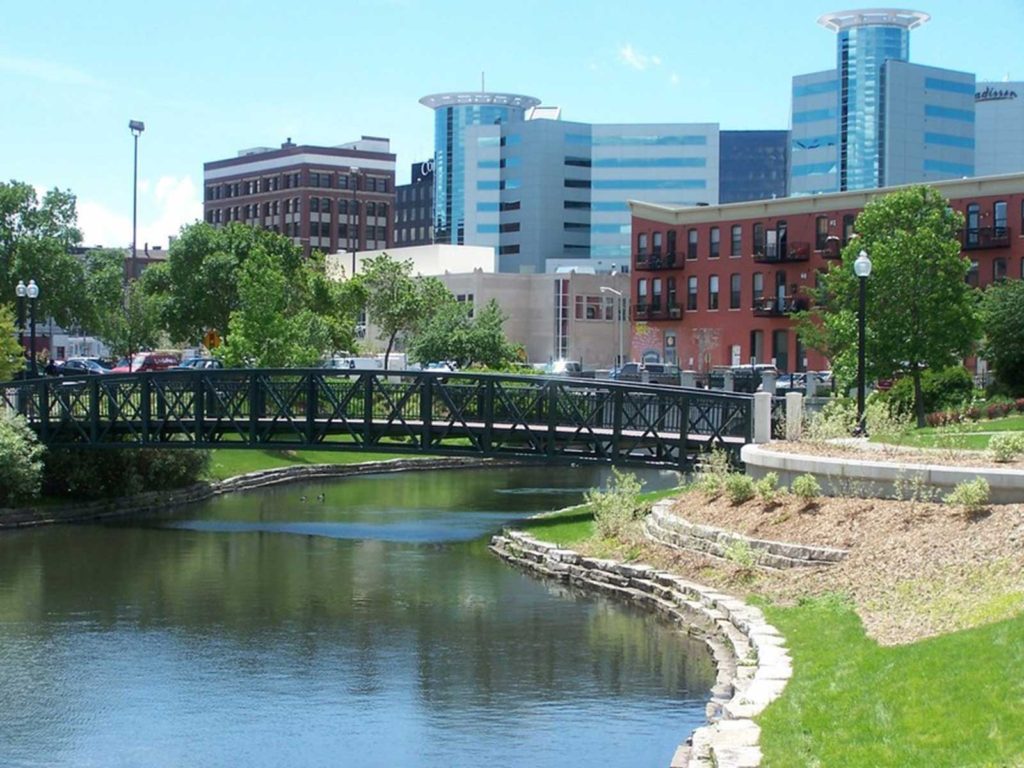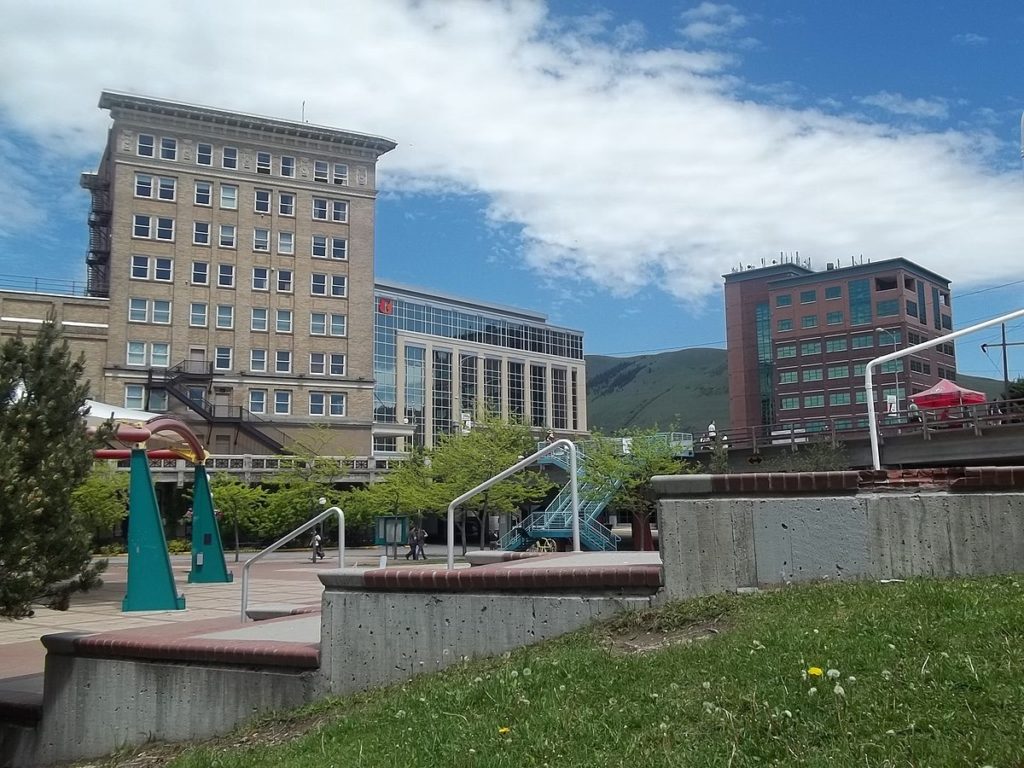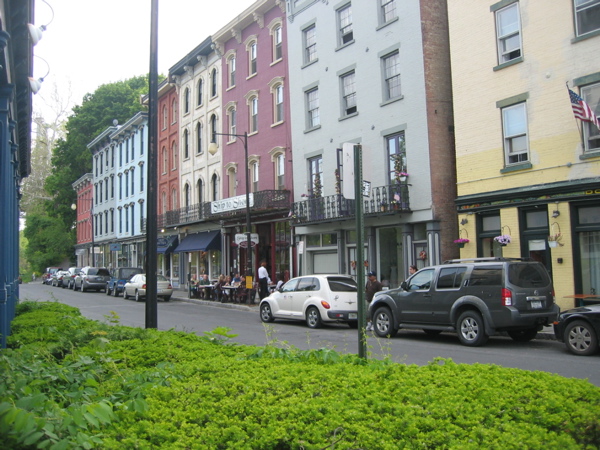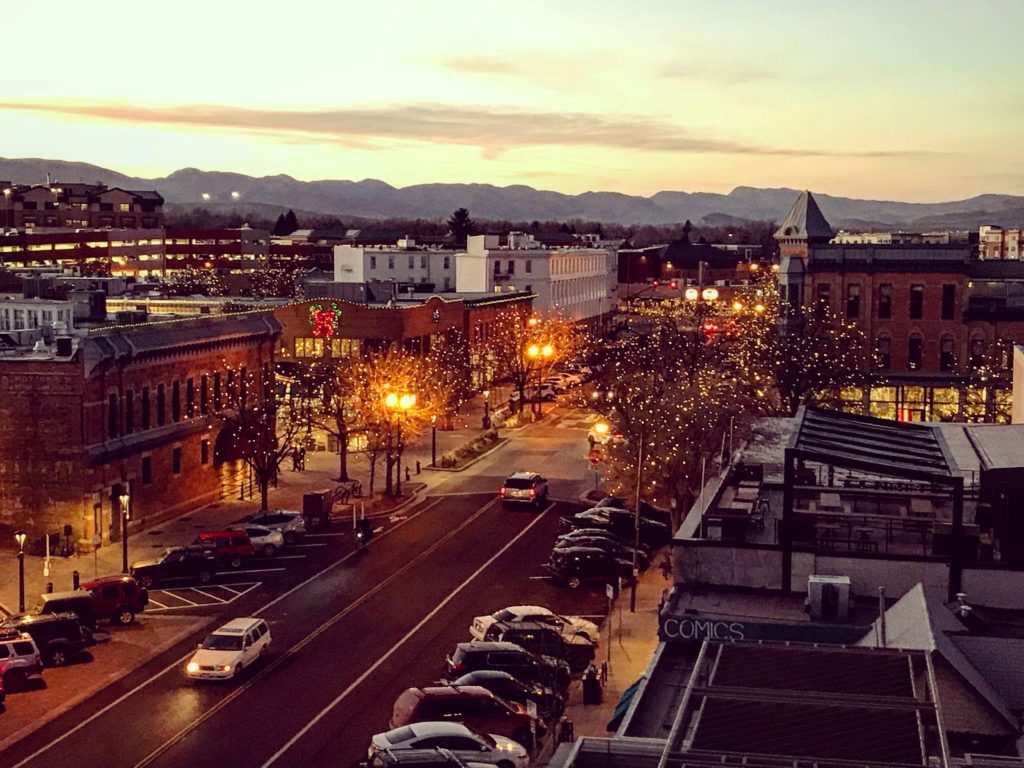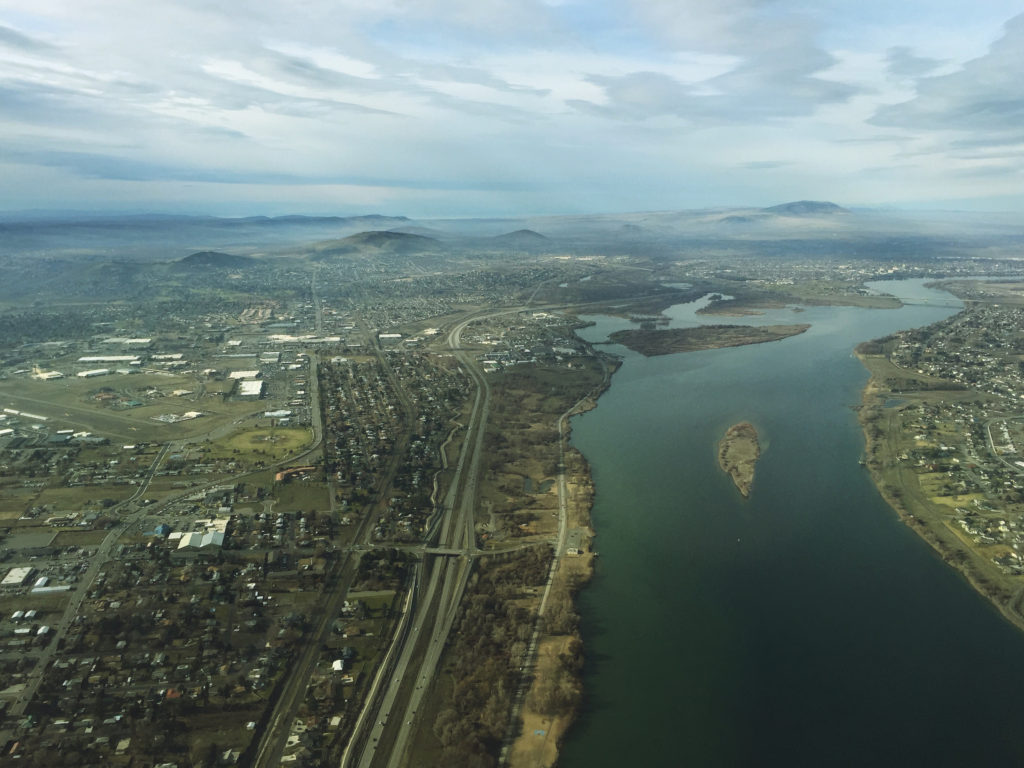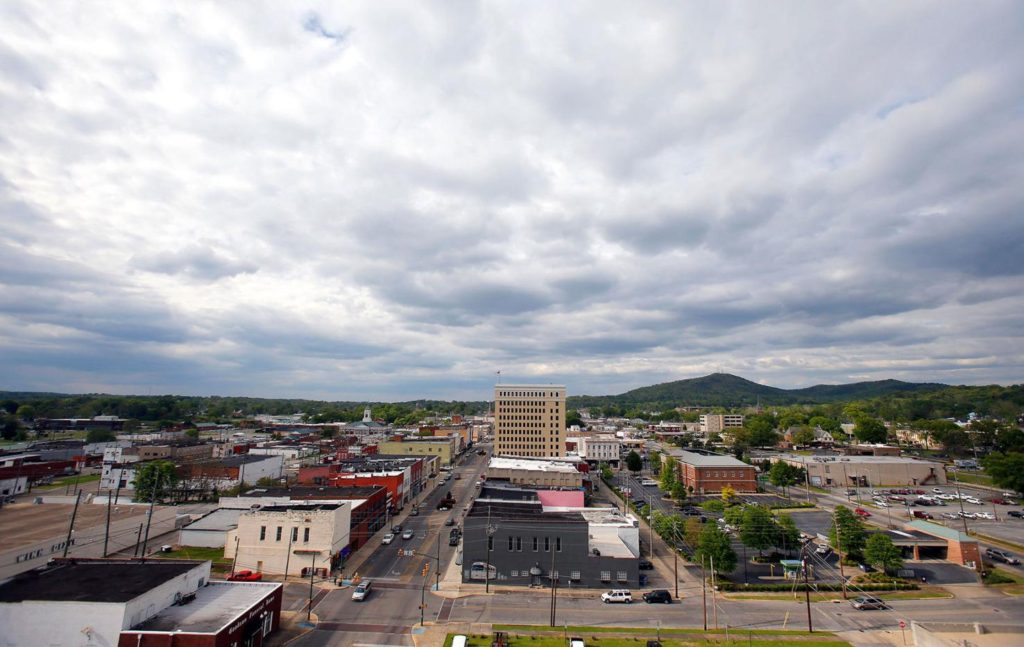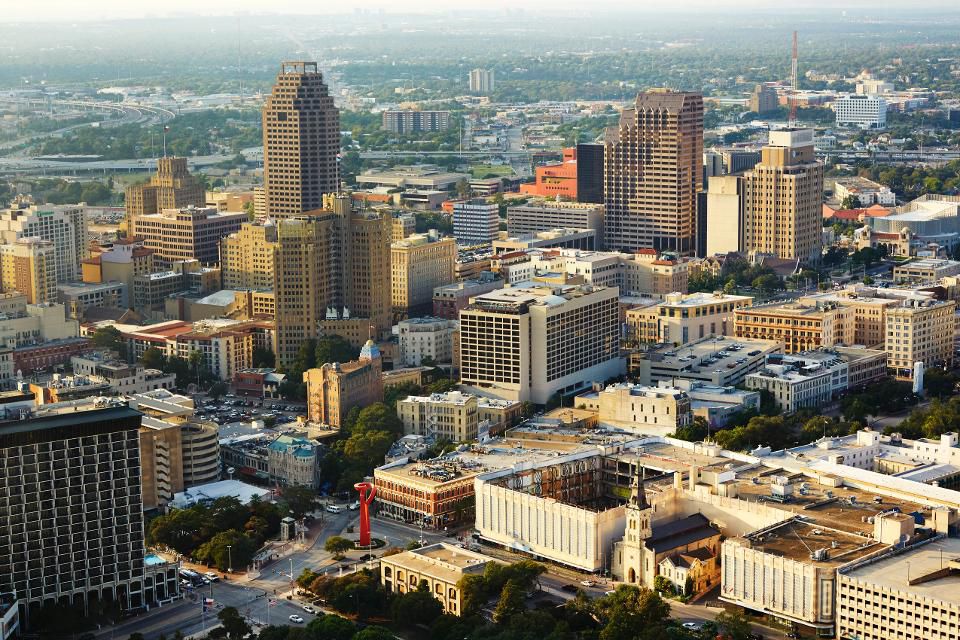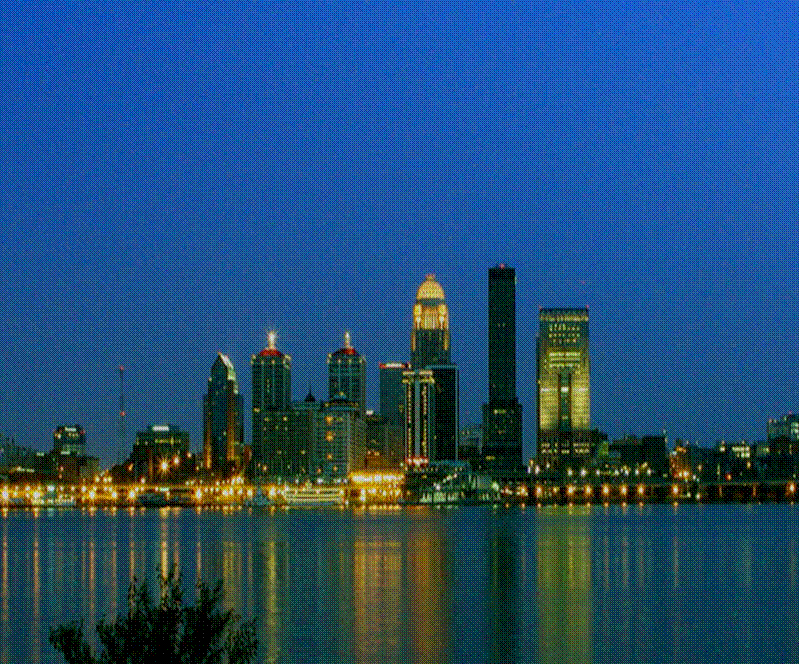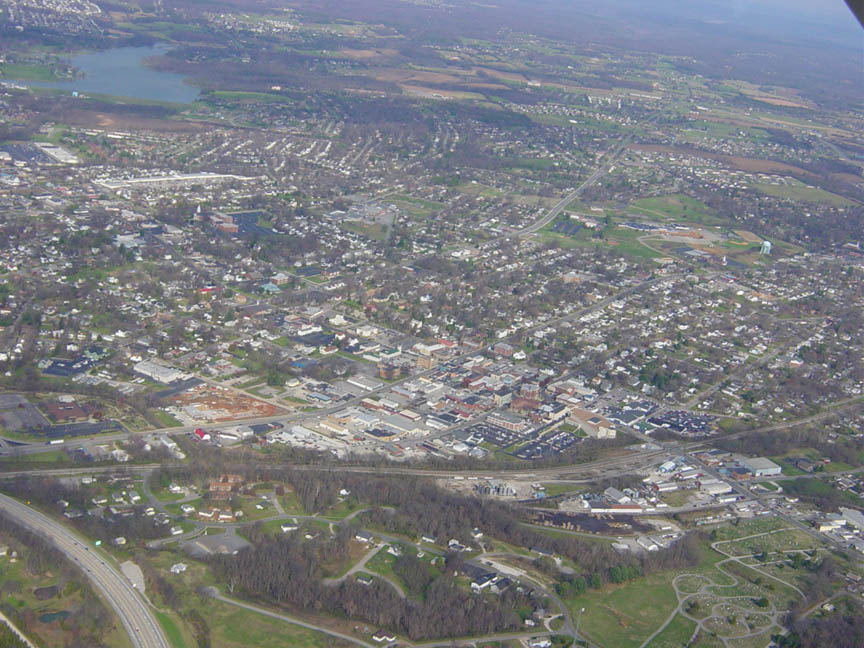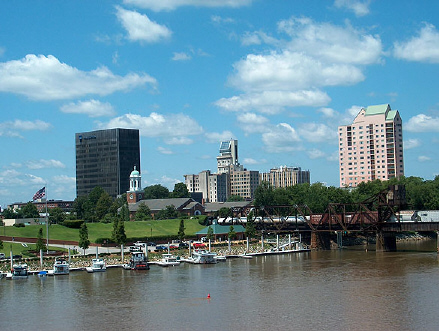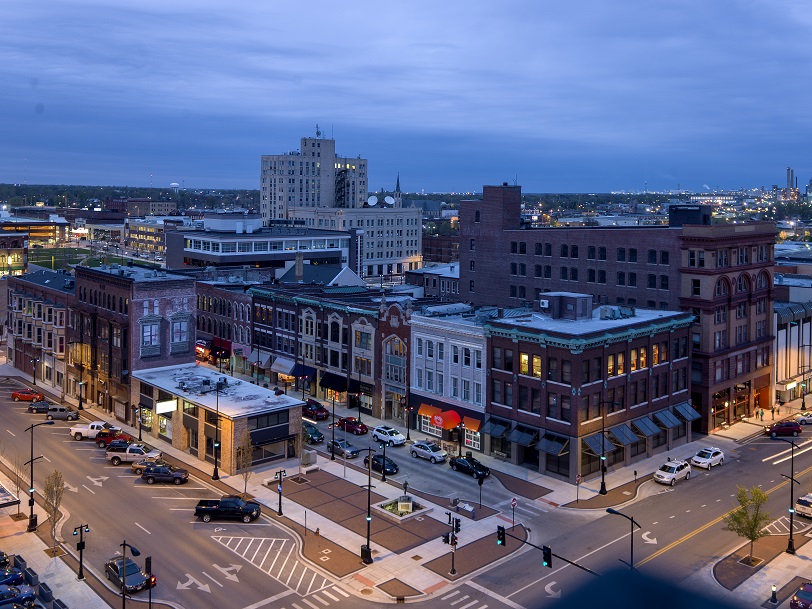So many of our trips are west to east, but not enough follow the longitude more closely. Our drive will last for two days and cover 1025 well interstated miles. The pace will be a swift 67.4mph thanks to the busy roads we travel. Day one will be the longer of the two days, requiring us to cover 539.5 miles. Not much longer, but it still counts as longer.
DAY ONE (Wednesday)
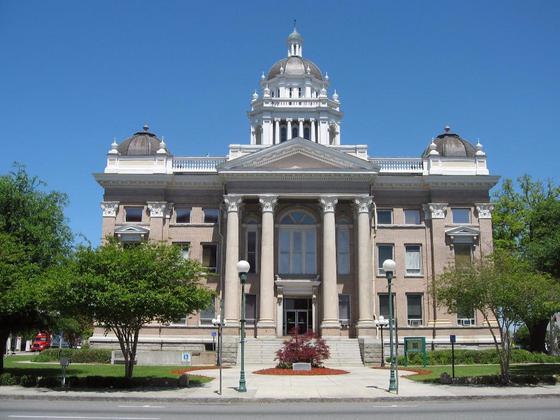
Summer is all different things to all different people, and this year, with the wide variety of weather hitting different neighborhoods, there is a little something for everyone. The southeast generally sees popcorn showers and thunderstorms every afternoon during the dog days. There will indeed be a few isolated showers and storms over Georgia, populating earlier than normal. There will be a hazy pause in eastern Tennessee, but a stalled surface trough, running perpendicular to our route, will be the source of showers and storms as we trek into Kentucky. The threat for rain will be highest for the last hour or so, as we pull into Pittsburg, near London, Kentucky.
DAY TWO (Thursday)
That surface trough is orphaned in the Ohio Valley, and will continue to be a source of precipitation on Thursday. As time progresses though, a perturbation will develop in this trough, and rain fall will organize and become heavier by the time we leave. The best threat for heavy rain with isolated thunderstorms for the entire trip will be from the beginning of our day on Thursday through about Sidney, Ohio. Dry air is likely in northwest Ohio, with a stray shower repopulating around Saginaw Bay, just at the very tail end of this soggy drive.
